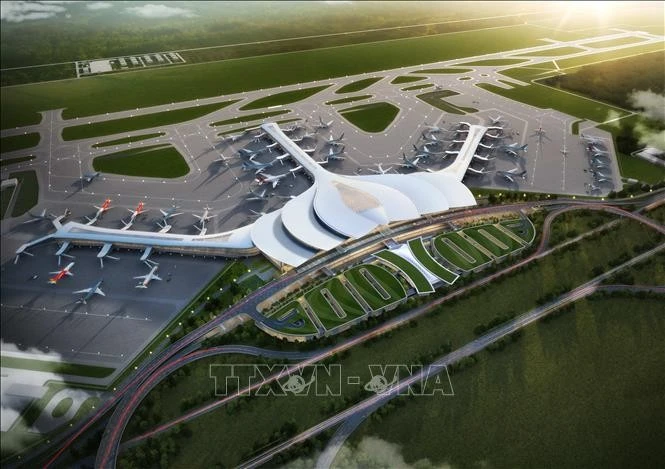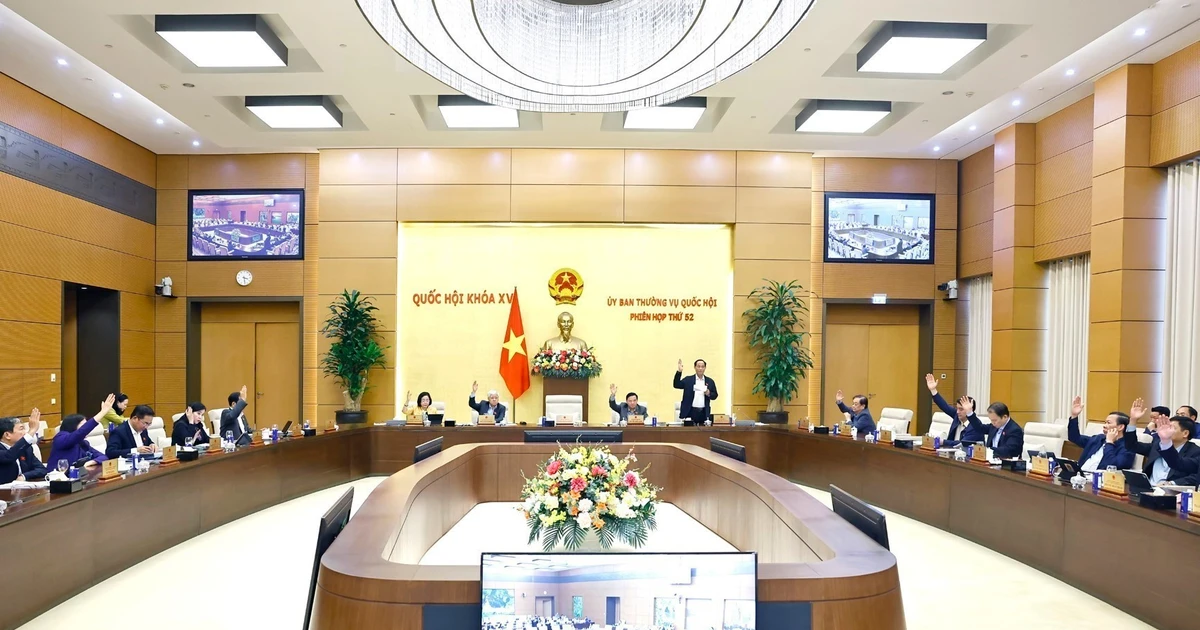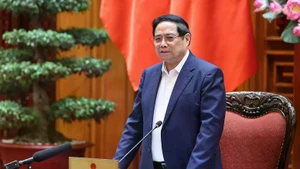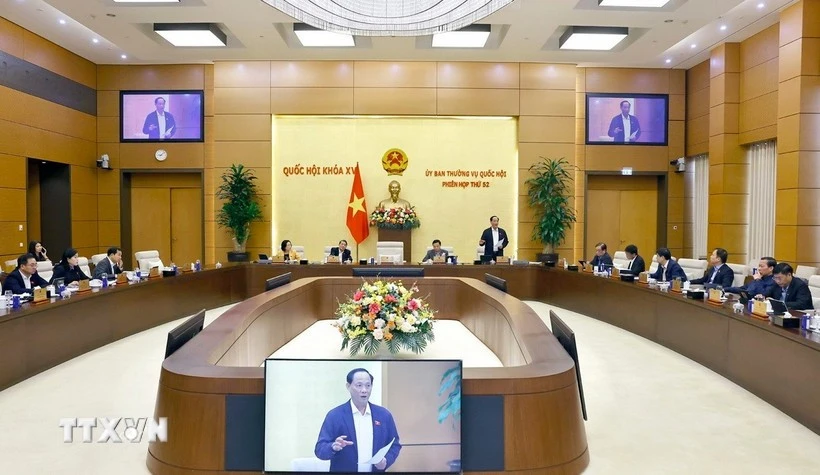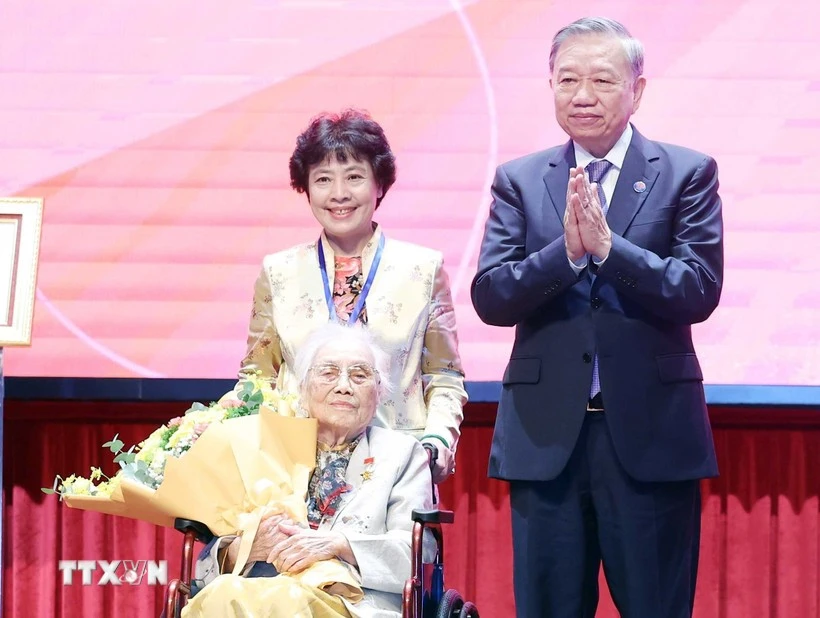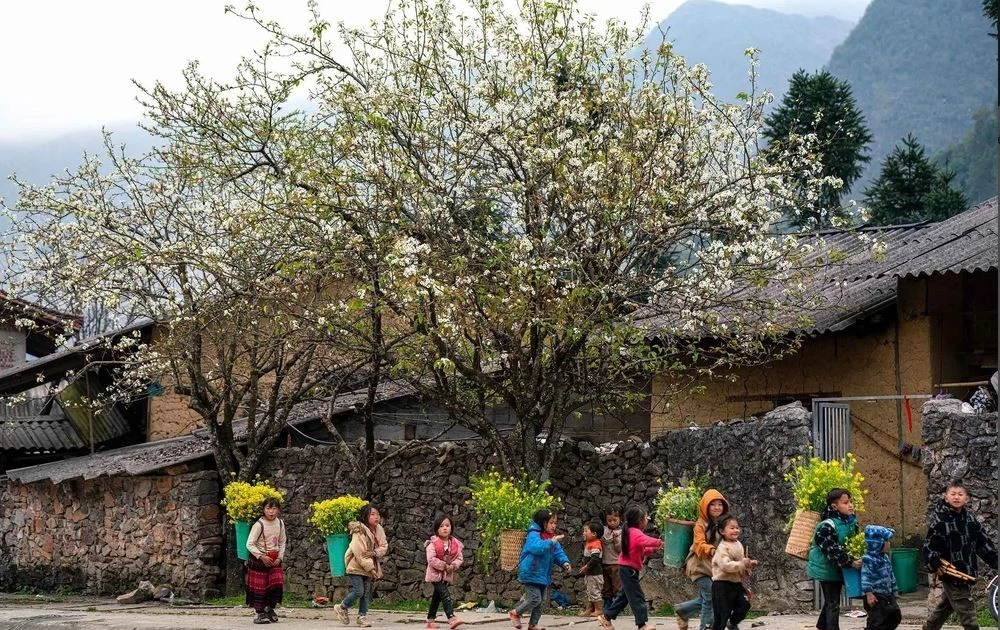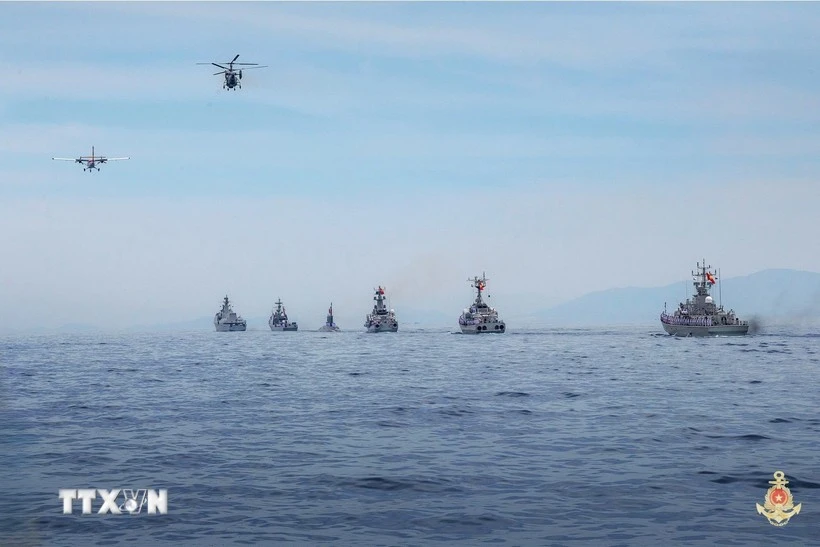In the early hours of April 14, 1975, naval commando units of C.75, which was tasked with liberating islands in the Truong Sa (Spratly) Archipelago, secretly divided into three groups to land on Song Tu Tay Island.
At 4:30 AM that day, all groups simultaneously opened fire and launched their assault. After just 30 minutes of fierce combat, the Vietnamese forces took control of the island, annihilated or captured all enemy troops, and seized their weapons. By 5:15 AM on April 14, 1975, the liberation forces had complete control of Song Tu Tay Island. The flag of the National Front for the Liberation of South Vietnam was raised to the top of the flagpole in front of the national sovereignty marker on Song Tu Tay Island in the Truong Sa Archipelago.
At 5:50 PM on April 14, 1975, the Politburo sent a classified telegram (No. 37/TK) to the command of the campaign to liberate Saigon - Gia Dinh, stating: “The Politburo agrees to name the campaign to liberate Saigon–Gia Dinh as the Ho Chi Minh Campaign.”
Meanwhile, in Phan Rang, Division 3 under Military Region 5 and Regiment 25 launched an offensive on the Central Highlands Front, breaking through the Saigon army’s defensive line. Enemy infantry, supported by air and artillery strikes, stubbornly resisted by taking advantage of solid fortifications and favourable terrain.
On the northern front along Route 1 (the main direction), the Division 3 launched surprise attacks on enemy outposts guarding the outskirts of the town, capturing Du Long District and strategic high points 105, 300, Ba Rau, Suoi Vang, and Suoi Da, as well as Ninh Chu Port, effectively cutting off the enemy’s retreat to the sea.
Along Route 1, the Regiment 25 repelled several counterattacks by the Saigon army’s Airborne Brigade and advanced close to Thanh Son Airport, securing full control of the outer defensive belt of the provincial-level town of Phan Rang.
On the evening of April 14, 1975, Division 2 reorganised its forces, dispatching Battalion 6 of Regiment 12 to coordinate with Regiment 25 in the assault on the airport. At the same time, artillery units moved forward to continue providing support for the infantry.
On the southern front along Route 1, the armed forces of Military Region 6 attacked enemy positions on the outskirts, cutting off Phan Rang from Binh Thuan Province.
Throughout April 14, 1975, units of Corps I, which were taking part in the campaign to liberate Saigon–Gia Dinh, moved into their staging positions at Dong Xoai and prepared for battle.
At the same time, Corps Commander Nguyen Hoa and Political Commissar Hoang Minh Thi arrived at the headquarters of the Ho Chi Minh Campaign to receive their orders directly from Comrade Van Tien Dung, who was the commander of the campaign.
On the same day, in Saigon, Nguyen Ba Can formed a new cabinet. During the cabinet's inaugural ceremony, President Nguyen Van Thieu declared that this wasa fighting government that would negotiate but never surrender. He emphasised that the goal was to completely defeat communism by preparing for a counteroffensive to reclaim lost territory.
Meanwhile, in the US, President Gerald Ford, Secretary of State Henry Kissinger, and Secretary of Defence James Schlesinger met with the US Senate Committee on Foreign Relations to lobby for the approval of aid to the Saigon regime.
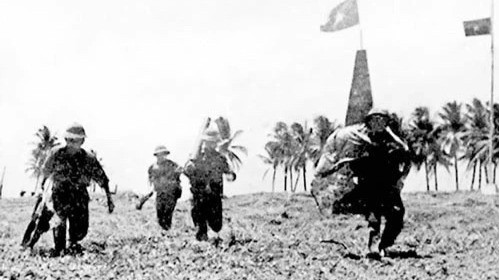
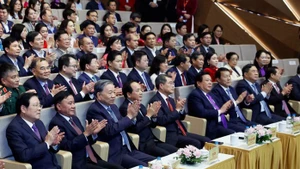
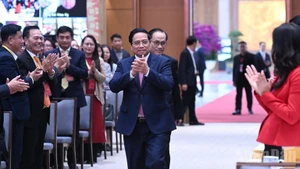
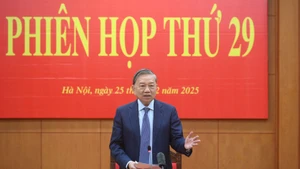
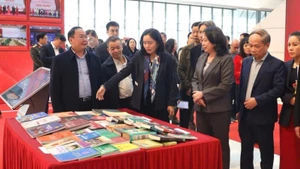
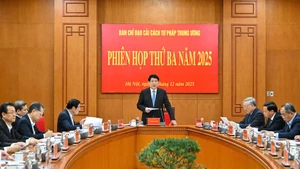
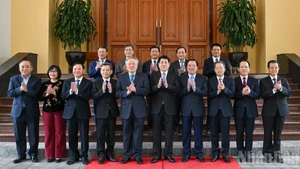
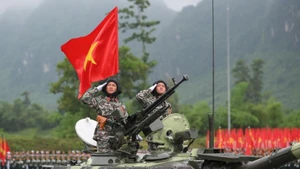

![[In Pictures] Party General Secretary To Lam chairs conference of Central Steering Committee for the Development of Science, Technology, Innovation and Digital Transformation](https://en-cdn.nhandan.vn/images/5992a12dd6e78b9bfb434962ff18307331f51c4c3a3e5fcfcd42f0234766d9c4472e3c23eec9b1fd1b48745c8d3f1352344b9404599dcafdc84ae4ddd5452acc/251225-tbt-3.jpg.webp)
